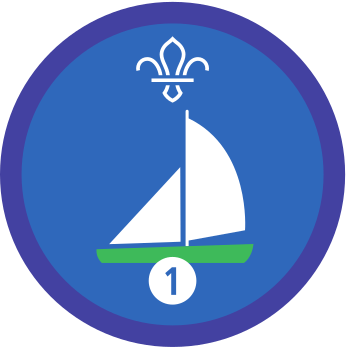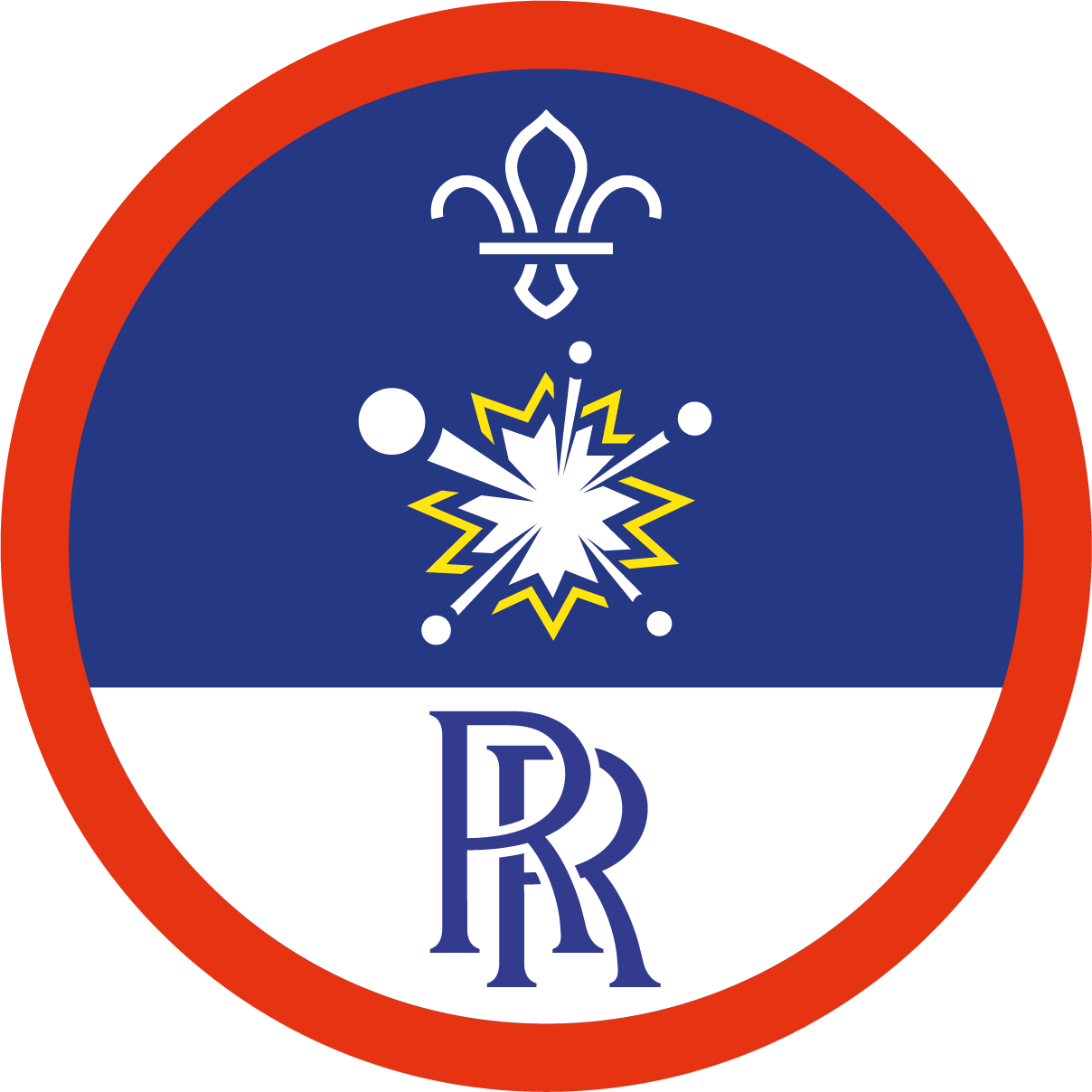
Learn how tides work
You’ll need
- A4 paper
- A4 card
- Pens or pencils
- Permanent markers
- Acetate sheets or old plastic wallets
- Paper fasteners
Before you begin
- Use the safety checklist to help you plan and risk assess your activity. Additional help to carry out your risk assessment, including examples can be found here. Don’t forget to make sure all young people and adults involved in the activity know how to take part safely.
- Make sure you’ll have enough adult helpers. You may need some parents and carers to help if you’re short on helpers
Planning this activity
In most places on the Earth, there are two high tides and two low tides each day. This activity models the ‘equilibrium theory’ of tides. It explains why there are two tides each day, why the heights of the tides change over the course of a month, and why tides occur about an hour later each day.
- The following instructions involve using the ‘spring and neap tides template’ to make a model, but you could also make a similar template from scratch.
- If anyone needs extra support with cutting, make sure they are paired up with someone so they can still take part.
- Anyone working towards stage four of the Sailing Staged Activity Badge could take part in this activity. You can run this activity alongside Wild wind and Rules of the nautical road to meet the badge requirements.
- If you want to learn about a tide’s ebbs and flows, which is when the water level is rising or falling, look at the activity When tides collide
- Take a look at the Tide Tables for near you, using the BBC Weather website.
- Ebb – When the tide is going out and draining away from the shore.
- Flow – The incoming tide, when the water rises again.
- Spring tide – A Spring tide is just after the new full moon, when the sun and moon are in line with one another. The high tide is at its highest point and there’s the greatest difference between the high and low tide.
- Neap tide – The Neap tide is at the first and last quarter of the moon, when the sun and moon are at right angles to each other. This is when there’s the least difference between high and low tide.
Learning about tides
- Gather everyone in a circle and ask if anyone has ever been to or seen the sea.
- Ask if anyone knows what a tide is and can explain it to the group.
- See if anyone knows what you mean by ebb and/or flow in relation to tides.
- Finally, ask if anyone knows what the spring or neap tide is.
- If anyone doesn’t know what the ebb and flow or spring and neap tide are, use the definitions above to explain it to them.
Make a model system
- Tell everyone that you’re going to be making a model of Earth’s tidal system.
- Ask everyone to find a space, preferably sat at a table. Divide the craft materials between the tables.
- Give out either the templates you’ve made or the ‘spring and neap tide templates’, depending on which you're using.
- Everyone should cut out the Earth. They should draw a little person on the circumference to represent themselves. This’ll be the point from which you’ll be seeing the tides.
- Next, cut out the rectangle showing the moon and its tidal effects. Use a paper fastener to attach the Earth to the moon. It should be attached at the cross marked on the moon template.
- Ask everyone to gently rotate the Earth and see how the tides ebb and flow during the day.
- Next people should imagine they’re standing where they drew the person. They should hopefully see a high and a low tide twice a day.
- Now, cut out the rectangle showing the sun and its tidal effects. Use a paper fastener to carefully attach it underneath your Earth and moon, again using the cross as a guide.
- Explain that because the sun’s so much further away from Earth, the sun’s effect on the tides is only half as strong as the moons. If you’re drawing your own template or version, make sure you draw this tidal effect to be smaller on your card.
Learn about spring and neap tides
- Now, keep the sun card still and rotate the moon to see the effects of the tides again. Explain that when the sun and moon are aligned with each other, the effects of both on the tides combine. The result is the two highest high tides of the month. These are known as the Spring tides.
- Next, rotate the moon, so that it’s at a right angle to the sun. In this position, the sun and moon’s gravity will cancel out. The result is the smallest difference between high and low tide. These are known as the Neap tides.
- Get a sheet of paper and place it underneath the model. Mark out the position of the moon for the spring and neap tides. See if you can work out which phases of the moon would be visible for each spring and neap tide. If you can, try to draw the phase onto the paper where you marked the moon. You can also have a go at Mystic biscuit moons and ‘make’ some tasty moon phases instead!
Reflection
In this activity we learned about the spring and neap tides. Have you ever been to the beach and noticed that sometimes the sea is close and at other times further away? This is part of what we were learning about when talking about tides. As we learned, this is influenced by the moon.
Why might it be important to learn about tides when thinking of spending time on the water? What are some ways you can stay safe when spending time on tidal water?
Safety
All activities must be safely managed. You must complete a thorough risk assessment and take appropriate steps to reduce risk. Use the safety checklist to help you plan and risk assess your activity. Always get approval for the activity, and have suitable supervision and an InTouch process.
- Scissors
Supervise young people appropriately when they’re using scissors. Store all sharp objects securely, out of the reach of young people.
Make it accessible
All Scout activities should be inclusive and accessible.
While this may not contribute to the Time on the Water badge, this activity will introduce the principles of tides, which are an important aspect of being safe on the water. This activity could make a great addition to your programming in addition to getting on to the water.

